Categories
We’ve answered many different kinds of questions for many different organisations in over 70 countries. They include:
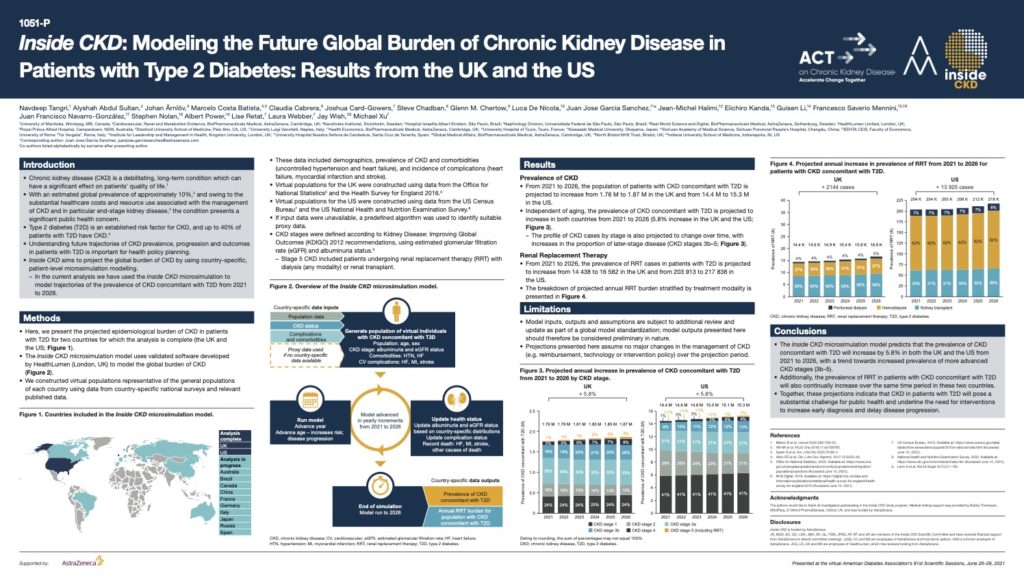
Inside CKD: Modelling the Future Global Burden of Chronic Kidney Disease in Patients with Type 2 Diabetes
Type 2 diabetes (T2D) is an established risk factor for CKD, and up to 40% of patients with T2D have CKD.
This poster, presented at the virtual American Diabetes Association’s 81st Scientific Sessions, June 25–29, 2021 demonstrates that from 2021 to 2026, the population of patients with CKD concomitant with T2D is projected to increase from 1.76 M to 1.87 M in the UK and from 14.4 M to 15.3 M in the US.
These projections indicate that CKD in patients with T2D will pose a substantial challenge to public health and underline the need for interventions to increase early diagnosis and delay disease progression.
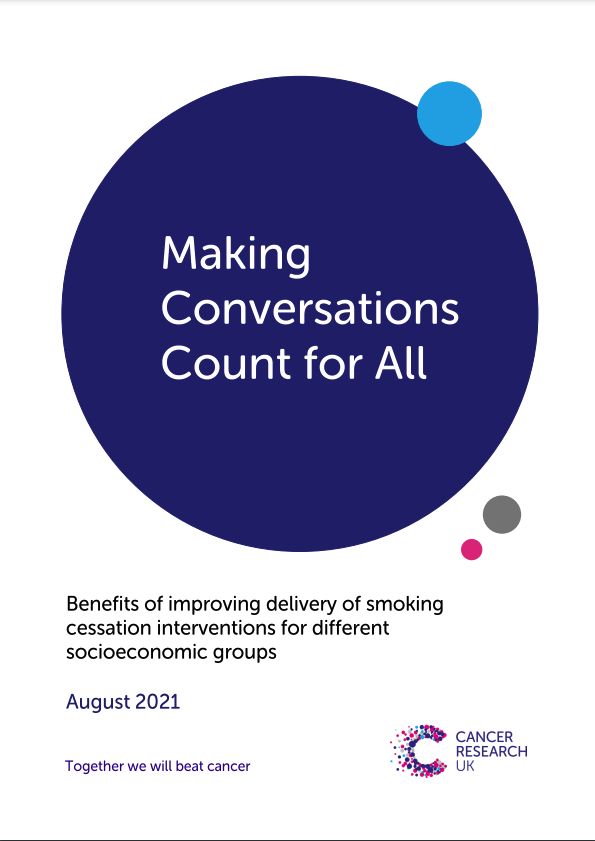
Making Conversations Count for All: Benefits of improving delivery of smoking cessation interventions for different socioeconomic groups.
This study builds on the previous 2020 report by looking at the impact of improving the delivery of three advice-based interventions on different socioeconomic groups, compared with current policy, between 2019-2039. By focusing on socioeconomic status, this study explores one component of deprivation to assess the impact of improving the delivery of these interventions on smoking related health inequalities and associated economic costs in the UK.
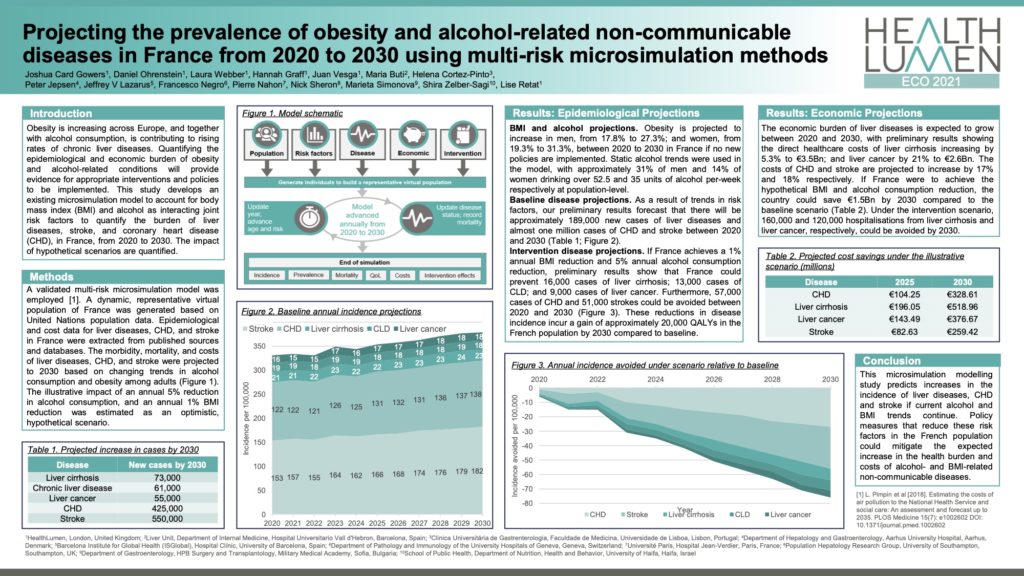
The burden of liver diseases, stroke, and coronary heart disease in France, to 2030
Obesity is increasing across Europe, and together with alcohol consumption, is contributing to rising rates of chronic liver diseases. Quantifying the epidemiological and economic burden of obesity and alcohol-related conditions will provide evidence for appropriate interventions and policies to be implemented. This study develops an existing microsimulation model to account for body mass index(BMI) and alcohol as interacting joint risk factors to quantify the burden of liver diseases, stroke, and coronary heart disease(CHD), in France, from 2020 to 2030. The impact of hypothetical scenarios are quantified.
View overview video
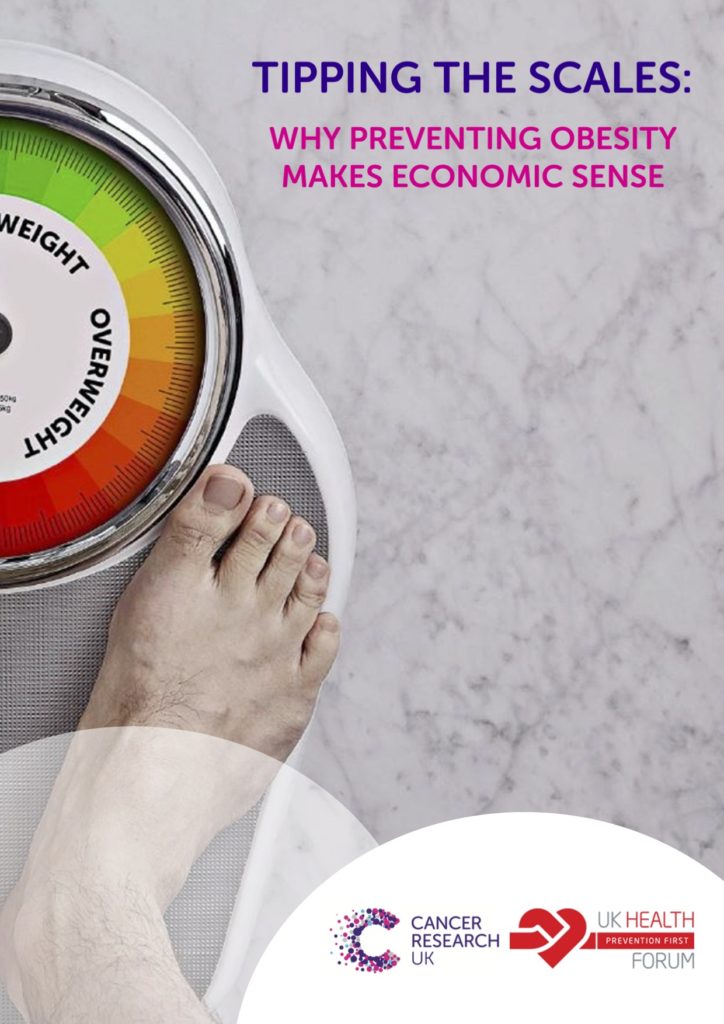
Tipping the scales: Why preventing obesity makes economic sense
Together with Cancer Research UK, we produced a report which looked at the health and economic impact of ever-increasing overweight and obesity rates in the UK. We showed that even a small reduction in obesity prevalence could offset the significant health and economic cost of doing nothing.
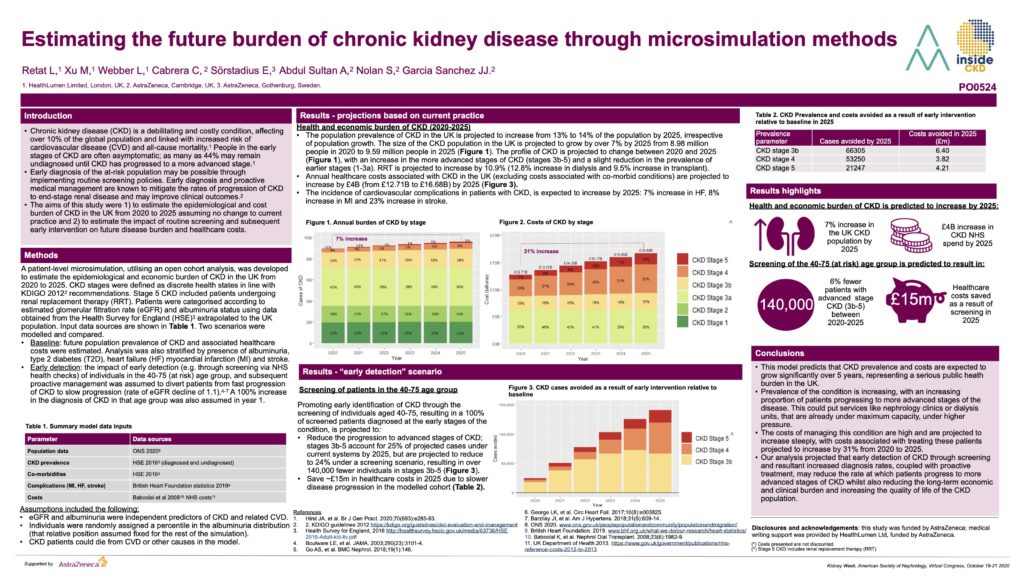
Estimating the future burden of chronic kidney disease through microsimulation methods
Chronic kidney disease (CKD) is a debilitating and costly condition, affecting over 10% of the global population and linked with increased risk of cardiovascular disease (CVD) and all-cause mortality. People in the early stages of CKD are often asymptomatic; as many as 44% may remain undiagnosed until CKD has progressed to a more advanced stage. Early diagnosis of the at-risk population may be possible through implementing routine screening policies. Early diagnosis and proactive medical management are known to mitigate the rates of progression of CKD to end-stage renal disease and may improve clinical outcomes. The aims of this study were 1) to estimate the epidemiological and cost burden of CKD in the UK from 2020 to 2025 assuming no change to current practice and 2) to estimate the impact of routine screening and subsequent early intervention on future disease burden and healthcare costs. Undertaken in partnership with AstraZeneca, this study is now being rolled out to over 20 countries.
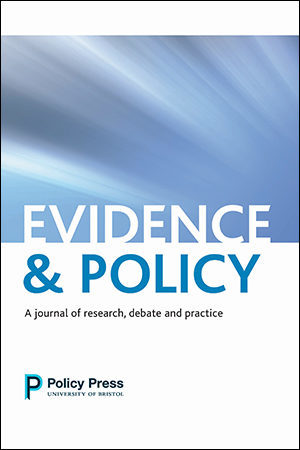
Why we must work toward a recognised international standard in evaluation of upstream interventions
The COVID-19 pandemic has increased interest in Universal Basic Income (UBI) as a means of addressing a range of socio-economic insecurities. While previous trials of cash transfer schemes have often focused on low-level transfers inadequate to satisfy the needs for which the policy was originally developed, emerging pilots are moving toward a position of increasing generosity. Our multidisciplinary project, Examining the Health Case for UBI, has brought together colleagues in behavioural science, public health, epidemiology and economics to establish pathways to health impact.